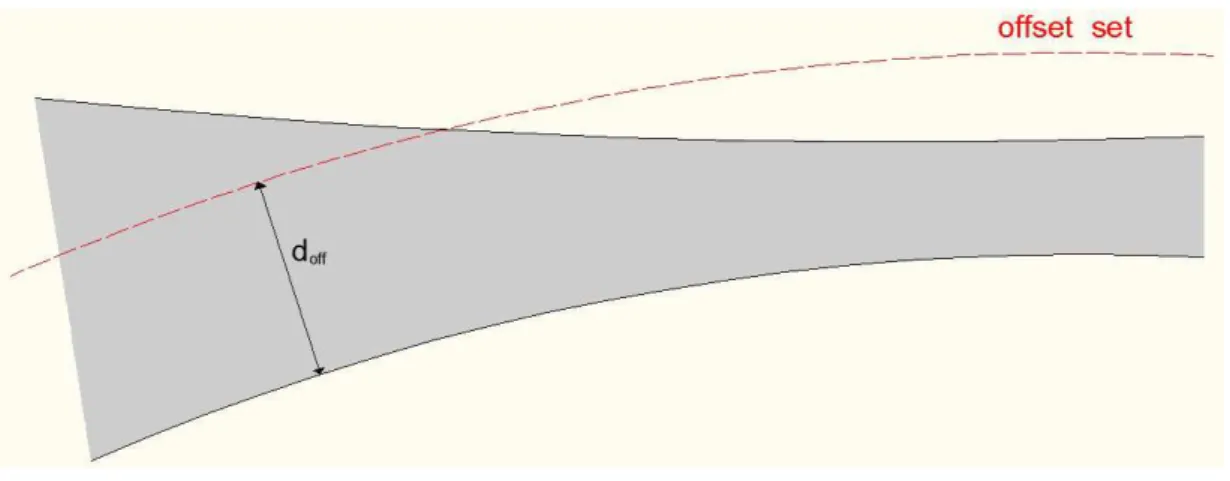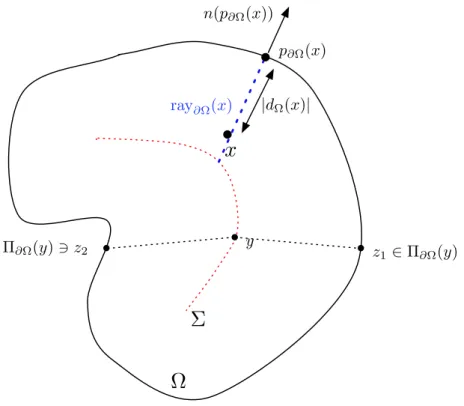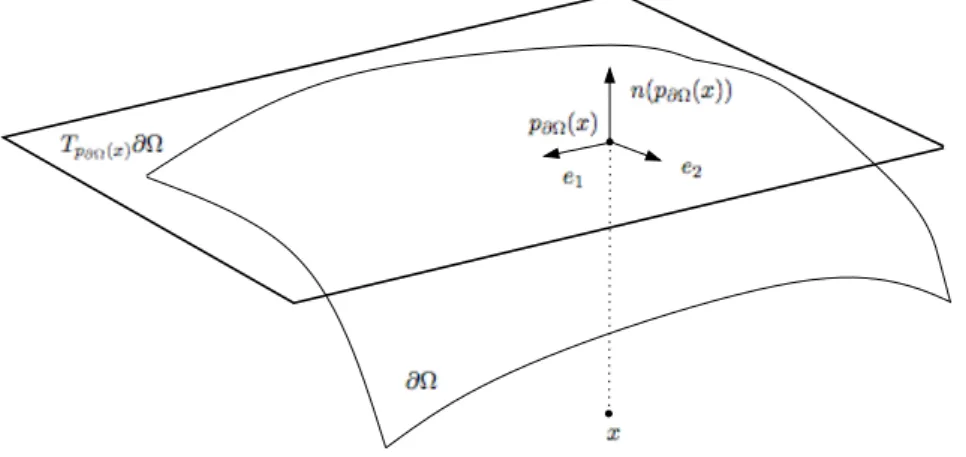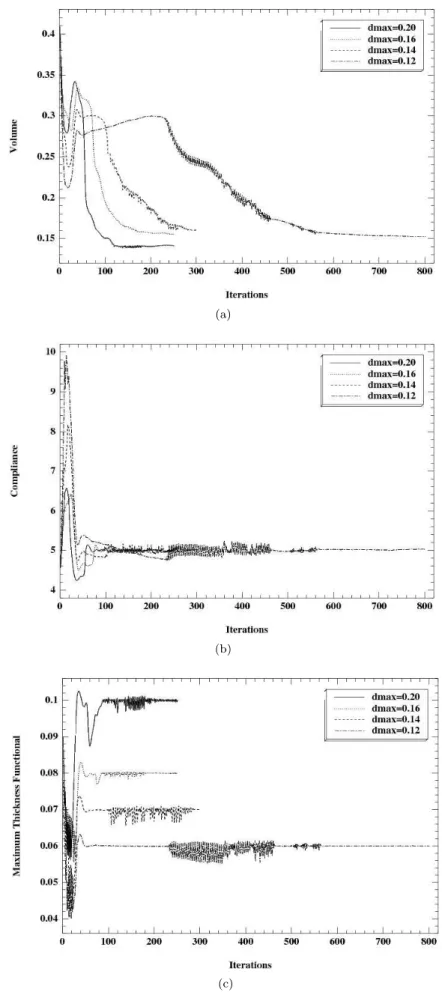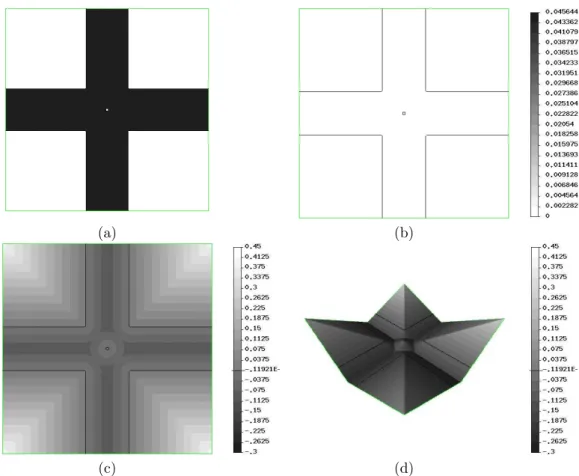Manufacturing Constraints and Multi-Phase Shape and Topology Optimization via a Level-Set Method
Texte intégral
Figure

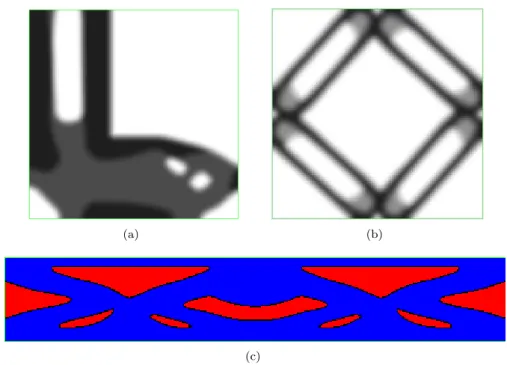
![Figure 1.2: Left: density distribution of a composite optimal shape; right: penalized optimal shape (figure extracted from [3]).](https://thumb-eu.123doks.com/thumbv2/123doknet/2697621.63015/33.892.103.800.718.884/figure-density-distribution-composite-optimal-penalized-optimal-extracted.webp)

Documents relatifs
Analyses with two different property profiles were con- ducted (Figs. In all cases contours of the Young’s modulus are shown in greyscale in the results. In the first case, a
This article focuses on shape optimization with the level set method for static perfect plasticity, also called the Hencky model, for the von Mises criterion (also called Huber-Mises
We finally present three numerical examples where shape and topology optimization problems are addressed with the level set based mesh evolution method of this section.. The first
Convergence histories for the chaining procedure of topological and geometric optimization methods; (left) the ‘classical’ level set method is performed on a fixed triangular mesh
Indeed, either the shape differentiation is performed in the sharp-interface case and then the non-differentiable character of the solution of (1) is ignored (as explained in
L’archive ouverte pluridisciplinaire HAL, est destinée au dépôt et à la diffusion de documents scientifiques de niveau recherche, publiés ou non, émanant des
Once the problem is decomposed, the optimal design of the composite lay-up or stacking sequence emerges naturally as a mixed integer non linear programming problem, for which
While the con- tact mechanics analysis is simplified, they are nevertheless commonly accepted and experimentally validated models for calculating contact pressure distributions (P˜
